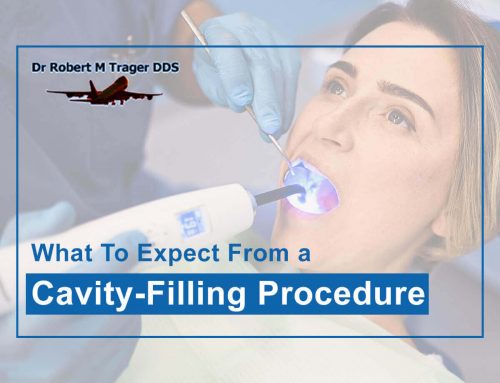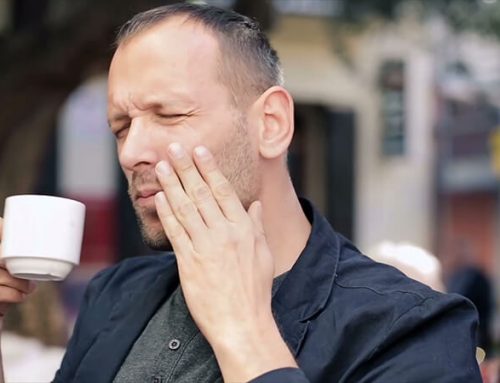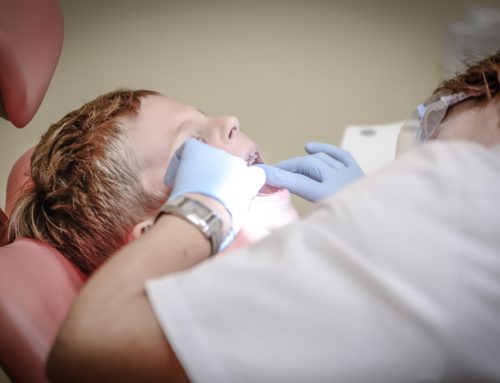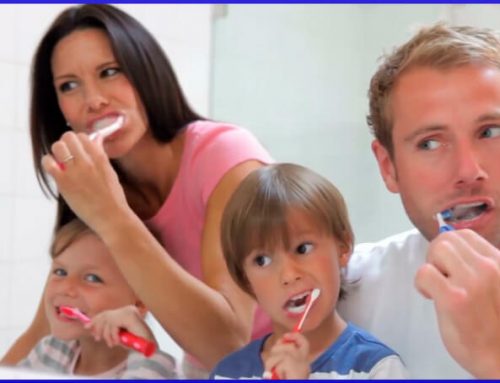
Here is what happens during a routine dental visit.
Starting Off
Once the small talk has ended, the hygienist will look over your records. They will do this whether this is their first time working with you or their tenth or more. It’s not that they are forgetful, it’s that they see a lot of patients in between your six-month visits. Taking stock of what happened in a previous visit can help jog their memory – and while there may be some familiarity, double-checking is the best thing for them.
While they are doing that, this is a good time to bring up several things – any allergies that you may have, specifically to dental material. Latex, perhaps. It will likely be in your records but it’s always good to reinforce it. Also, mention any problems you may have had recently – like maybe extra gum bleeding or a bump on your cheek or sore teeth.
After that, if it’s been a year since the last time you had X-rays taken, they will do another set. While many offices are switching to digital X-rays, some are still doing the traditional way, with the lead apron and having to bite on something to hold things at a certain angle. It may seem longer but it’s really only five minutes or so. A lot of the results are sent to computers.
The Exam and Cleaning
Now comes the fun part. They will do a quick inspection of your teeth and gums before starting. This is just to see if there’s anything the X-rays missed since it’s always best to do a combination of visual and other technology. Once that is completed, the cleaning begins.
A suction tube is placed in your mouth – though before that they may apply a local anesthetic to numb the gums – and then they use an electric pick to remove any plaque buildup in the front and back of the teeth. Depending on how well you have stuck with your brushing and flossing routine, this can go really smoothly or somewhat uncomfortably- with the anesthetic making it more bearable.
Once the cleaning is over, the hygienist will discuss the results with you. After that, the dentist will come in and do an exam to ascertain that there’s no dead teeth. If it’s just the dentist, then he or she will also do the teeth exam. Either way, a dentist will see you. Afterwards, depending on what the previous results were, you can make an appointment for six months later for a routine cleaning or a follow-up to have a cavity filled.
Afterwards
Of course, it’s best to try to see the same dentist/hygienist on a regular basis. That’s easier said than done, though. People move or have their dental insurance change at their job. Still, the most important thing is to actually see one at least twice a year. Regular check-ups are extremely important and it’s easier now with most records being kept electronically so sending them from place to place is a snap.
Once the mystery of what happens during the appointment has been lifted, going back again and again will be ingrained. Having good brushing and flossing habits in between check-ups is a must too. Otherwise that creates a lot more work for the dentist and discomfort for you.
Dr. Robert Trager has seen many patients over the course of his career… and he welcomes all of them to become regulars. If you have any questions about what he does during the course of a visit, feel free to ask at your next appointment. Give his office a call: 718-656-4747.
Published By:
Dr. Robert M. Trager
JFK Airport
Building 14 West Wing,
Jamaica, NY 11430
Phone: 718-656-4747
Website: https://jfk-lga-dentist.com





